
While the AGA succeeded last year in getting the authorities to reduce the customs duty on imported art works to 6 percent from 12 percent, value added tax still stands at 17 percent.
A crackdown on tax evasion by art buyers early last year also contributed to the gloom because no clear regulation has been issued yet. This has added to the uncertainty of the market.
"Working in China has become more difficult in recent years due to high import taxes and bureaucracy over the import and export of contemporary art," said Urs Meile, founder and director of Galerie Urs Meile, a Swiss gallery with a branch in Beijing. "If Beijing is to have a chance to play a leading role among the competing art centers in Asia in the future, it is vitally important that those problems are solved and that the structures are improved."
Operating costs in the major art districts in Beijing have also been rising rapidly. Red Gate Gallery, the oldest private contemporary art gallery in China, shut down its branch in the 798 Art Zone in 2008 due to increasing rent. Even in Caochangdi, a newer and smaller art district, Pekin Fine Arts has seen its cost double since it opened in 2005.
However, Guan Yu, director and general manager of Art Market Monitor of Artron in Beijing, believes the core problem facing the city's galleries lies in the absence of criteria in the evaluation of Chinese contemporary art, which can make it risky for collectors in terms of investment. And investment, rather than art itself, is what has been driving the Chinese art market.
"The market is very vulnerable to the changes of the macro economy. People still have money, but because of the slow economy they don't have confidence," said Cheng from AGA.
Last year, the Chinese art market, usually evaluated by auction results, fell 40 percent in annual sales, and was surpassed by the US again. In Sotheby Hong Kong's contemporary Asian art sales last autumn, a benchmark for Asian and Chinese art market, nearly 30 percent of the lots went unsold.
Cheng estimates that average sales for galleries in Beijing in 2012 declined 20 percent from 2011.
Without any substantial support from the government, for instance in the form of subsidies, the prospects for galleries in Beijing look far from promising, Cheng said.
"If the economy doesn't pick up and the business environment in Beijing doesn't improve, we will see more galleries, both local and foreign ones, pulling out over the next three years," Cheng said.
To survive a time like this, Ma from AMRC believes a gallery has to have either an extensive and established clientele, or strong financial support coupled with grit and determination.
"It is the galleries without long-term plans that are in danger of pulling out," Ma said.


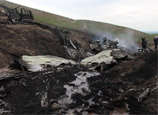



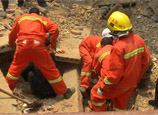

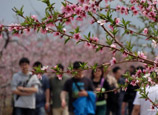

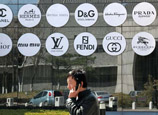







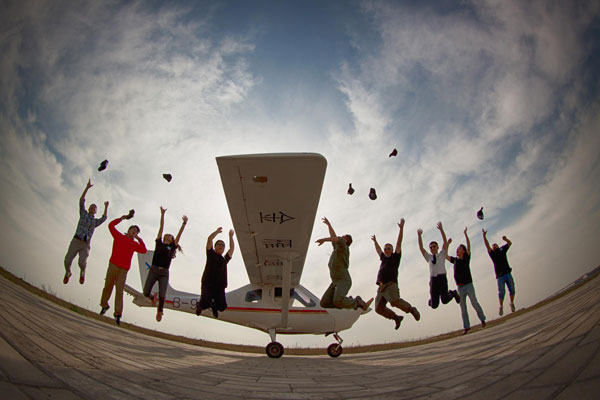 Jump for joy after flight of fantasy
Jump for joy after flight of fantasy


![]()
